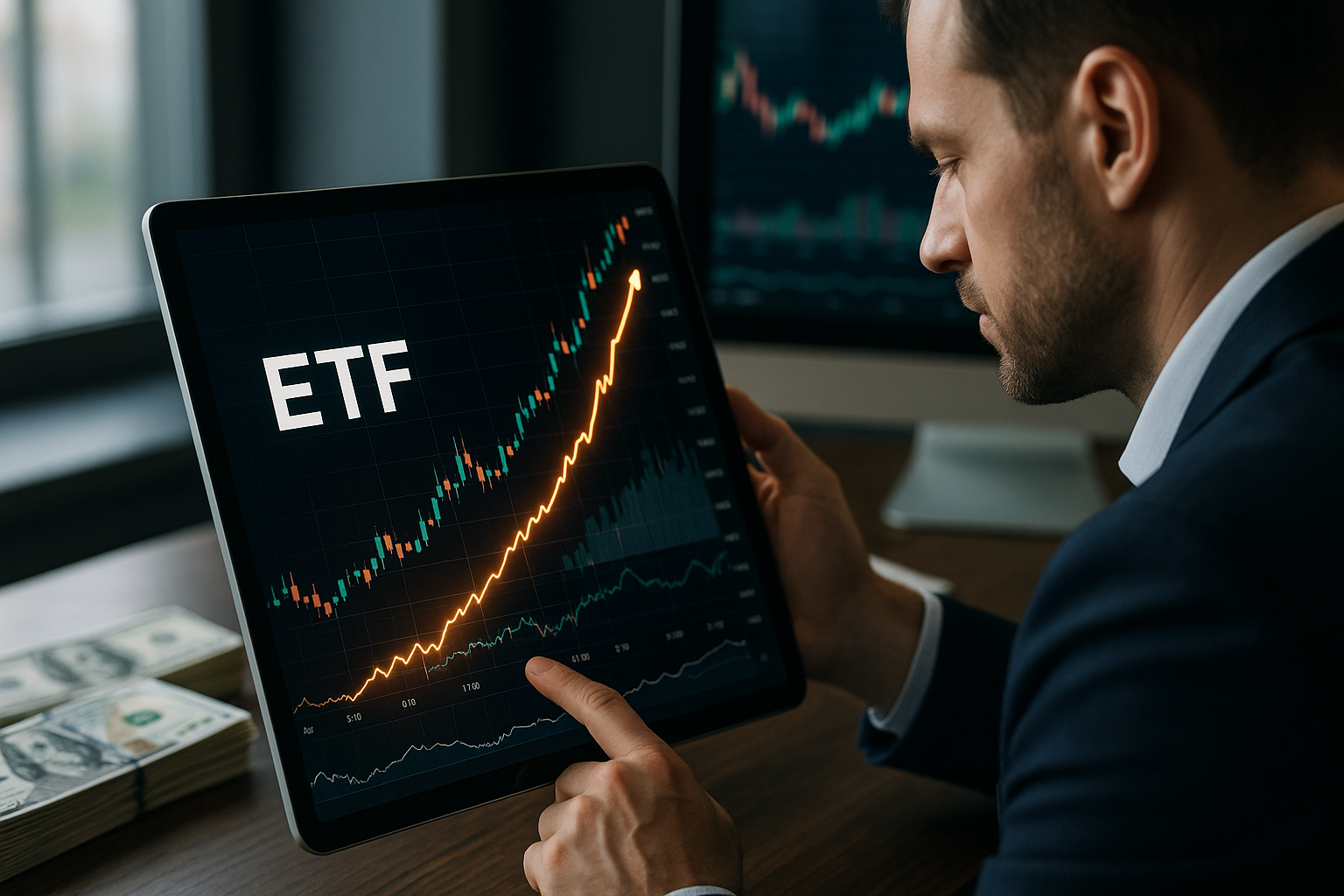The Rise of ETFs and Its Impact on the Investment Landscape
Exchange-Traded Funds (ETFs) have been a game-changer in the financial markets since their introduction in the early 1990s. Combining the advantages of mutual funds and the flexibility of stocks, ETFs have become an increasingly popular investment choice. This article will delve into the history of ETFs, their current market trends, their impact on the investment landscape, and the potential benefits and risks associated with them.

A Brief History of ETFs
The concept of an exchange-traded fund was first proposed in the early 1980s. The first successful ETF was launched in Canada in 1990, and the idea quickly spread to the United States and other countries. At first, ETFs were primarily used by institutional investors, but they soon caught the attention of individual investors due to their unique benefits.
Current Market Trends
Today, the ETF market is thriving, with over $5 trillion in assets under management globally. The growth of the ETF market has been driven by several factors, including lower costs, transparency, tax efficiency, and the ability for investors to buy and sell ETFs throughout the trading day like stocks.
The Impact of ETFs
The rise of ETFs has had a profound impact on the investment landscape. They have democratized investing by making it easier and more affordable for individual investors to access a wide range of asset classes and investment strategies. ETFs have also transformed the asset management industry, forcing traditional mutual fund providers to adapt and innovate.
Benefits and Risks of ETFs
ETFs offer several benefits over traditional mutual funds. They typically have lower expense ratios, provide more flexibility, and offer better tax efficiency. However, ETFs also come with their own set of risks. These include the potential for tracking errors, liquidity risks, and the temptation for investors to engage in short-term trading.
Real-World Applications
ETFs are used by a wide range of investors for various purposes. Some investors use ETFs to build a diversified portfolio, while others use them to gain exposure to specific sectors or asset classes. ETFs are also popular among active traders due to their liquidity and ease of trading.
Practical Insights for Investing in ETFs
-
Understand what you’re investing in: Before investing in an ETF, you should understand what it tracks and how it achieves its objective.
-
Consider the costs: While ETFs generally have lower expense ratios than mutual funds, they can still vary widely. Additionally, investors should also consider the potential costs of trading ETFs, including bid-ask spreads and brokerage fees.
-
Beware of niche ETFs: While the wide variety of ETFs available can provide unique investment opportunities, some ETFs focus on niche markets or employ complex strategies, which can increase their risk.
-
Balance your portfolio: ETFs can be a great tool for diversification. However, it’s important to balance your ETF investments with other assets to ensure a well-rounded portfolio.
In conclusion, ETFs have reshaped the investment landscape by providing investors with a flexible, efficient, and cost-effective way to diversify their portfolios. However, like all investments, ETFs come with their own set of risks. It’s important for investors to understand these risks and consider their own financial goals and risk tolerance before investing in ETFs.




